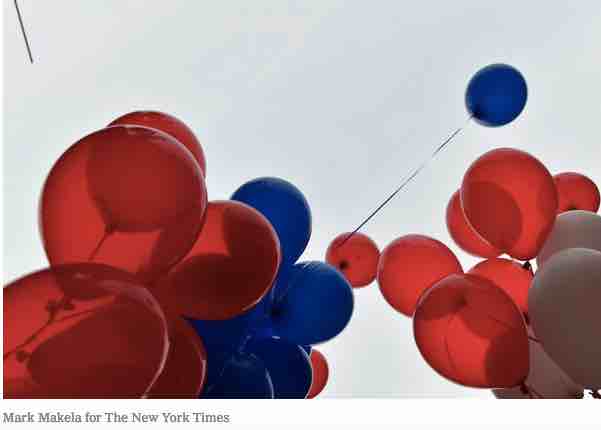Some partisan differences were scrambled, but places with brighter future prospects swung toward Biden.
Local voting patterns in the presidential election showed a narrowing of several traditional divides. Preliminary vote totals indicate that the partisan gap of urban versus suburban places shrank, along with the traditional Democratic advantage in heavily Hispanic counties. Whites and nonwhites are now in somewhat greater alignment in how they vote.
That makes the resilience of the economic divide all the more striking. In fact, the gap between red and blue counties in their education levels, household incomes and projected long-term job growth did not just persist; it widened.
To see how these partisan divides changed, we need to look at the swings between 2016 and 2020.
Based on counties with at least 98 percent of estimated votes reported, the correlation between a swing away from President Trump and the college-educated share in a county was 0.49. (A correlation of 1 represents a perfect relationship, and 0 represents no relationship.)
More educated places, which leaned strongly blue to begin with, voted even more Democratic in 2020 than they did in 2016. Highly educated Republican-leaning counties, like Williamson County near Nashville and Forsyth County near Atlanta, have become rarer with each recent election.




